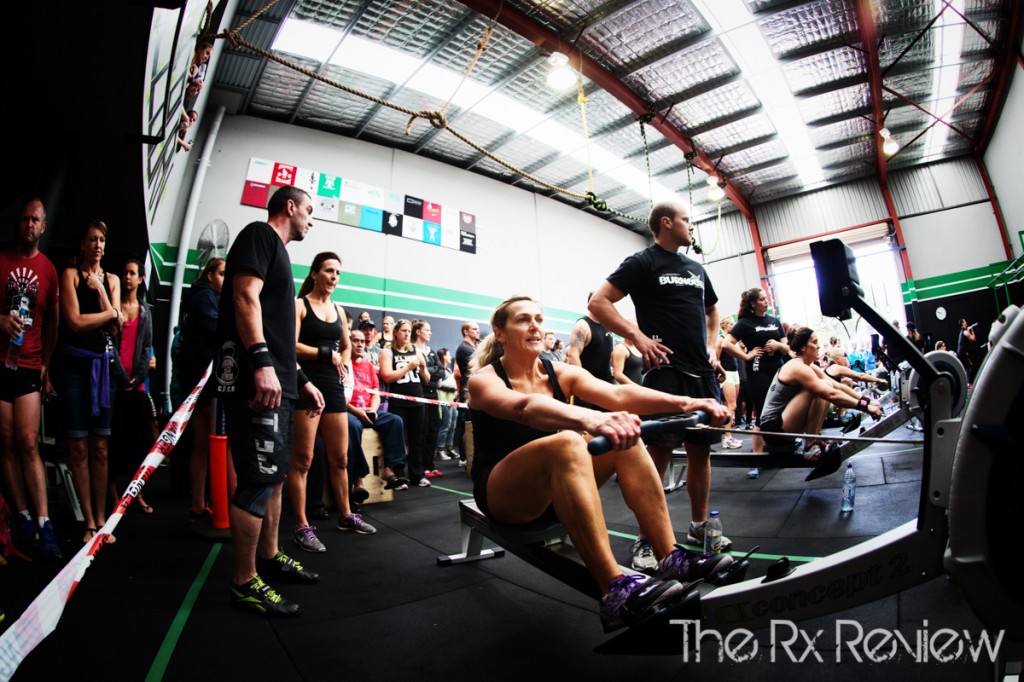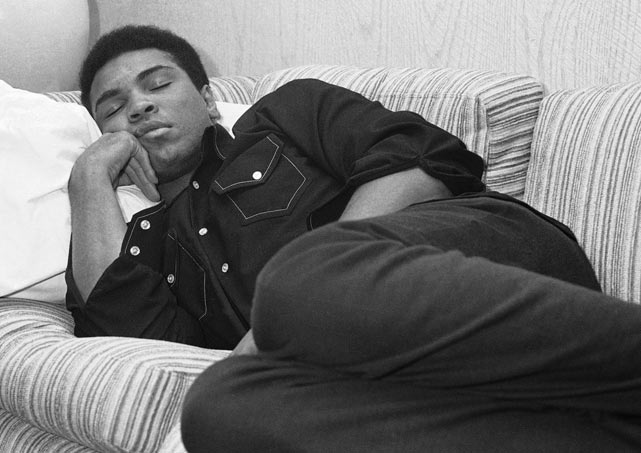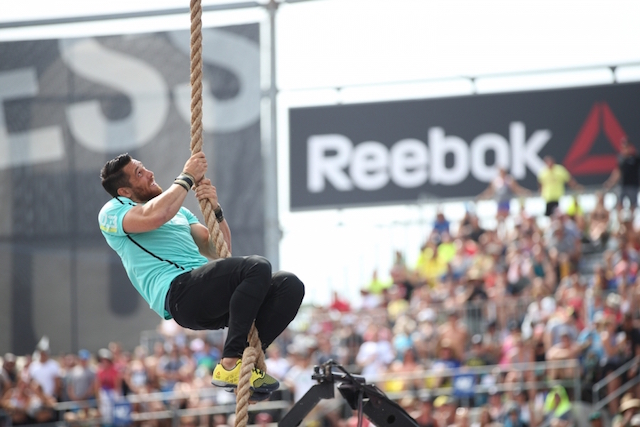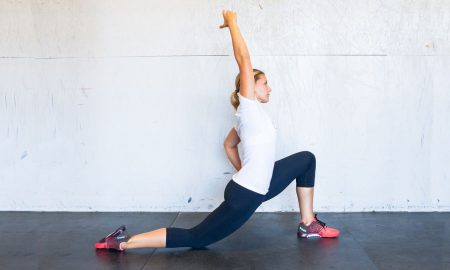
When it comes to making the most out of your workout, your post-exercise routine is just as important as all the hard work you put into breaking a sweat. Poor diet, bad habits, and other post-workout mistakes can unravel the benefits you get from routine exercise. So keep these tips in mind upon leaving your CrossFit Gym:
- Cool down – Whether it’s a functional fitness workout, or completing a yoga routine, exercise is much about getting your heart rate going. As a muscle, the heart needs to exercise too to stay strong so it can properly pump blood to circulate throughout the body. Part of the post-workout process should be properly lowering your heart rate with cool down exercises like walking, rowing or foam rolling.
Gradually slowing down the heart rate instead of going from workout to binge-watching Netflix on the couch, allows your body to naturally relax and start the muscle repair process. Static stretching after a workout, where you hold a single stretch for 20 to 30 seconds, has also been shown to aid muscle recovery. This is achieved by boosting blood flow rich with oxygen and nutrients to key tissues as well as improve joint range of motion.
-
Eat right – We know how important it is to fuel the muscle repair and post-workout energy with the right food and drink. However, we don’t always do it. Lots of physiological things happen when you workout – you lose electrolytes through sweating, you incur microscopic tears in your muscle fibers, and you deplete the glycogen stores in your muscles.
The U.S. Olympic Track and Field team recommends eating as soon as you can post-workout (within 30 minutes if possible) to get the most out of refueling. Consume a 2:1 – 4:1 ratio of carbohydrates to protein to help replenish your energy stores and bolster the tissue repair process. Drinking lots of water and drinks with electrolytes will help replace fluids you lost through sweating too.
-
Take a cool shower – A post-workout shower can be more beneficial than many of us think. Not only does a shower after intense exercise help to clean off sweat and prevent bacteria from clinging to you (ahem, smelly feet), but it can combat inflammation as well.
A cool refreshing shower aids your cool down process, tackling muscle inflammation to speed up the recovery process. It can also possibly prevent some of that delayed-onset muscle soreness (DOMS). Just remember to wear shoes (like flip flops) in public shower areas as the fungus that causes athlete’s foot is notoriously easy to contract in those kinds of environments

-
Get quality sleep – While you might not be hitting the hay right after your workout, it’s important to remember what a giant role a good night’s sleep plays in making your workout count. During those 7 to 8 hours of shut-eye a night, your body does most of its repair work in your muscles and in your brain.
If you’re following daily workouts with late nights and poor sleep, you’re only contributing to muscle soreness and stiffness. Assess your sleeping environment and make sure that everything from your pillow to your mattress. Ensure your ambient temperature, even your window blinds are conducive to a cool, quiet, dark, comfortable sleeping space.
-
Assess pain points – Barely anyone spends a lifetime exercising without incurring some type of fitness injury. Whether it’s a minor case of plantar fasciitis or a more serious tendonitis in your elbow or shoulder. It’s critical to pay attention to your body and listen to it during and after your workout.
Chronic pain that flares up with each workout, or muscle soreness that simply doesn’t seem to dissipate days after a workout could indicate a more serious underlying issue. Sometimes too, your joints and muscles just need a little extra support during exercise especially if you have previously experienced an injury. Orthotic aids like shoulder braces, knee sleeves, and compression wraps are typically inexpensive and effective ways to offer your body more support and alignment both during and after a workout.
-
Meditate – Whether you found your inner flow or your mind was a flurry of chaotic thoughts during your workout, meditating afterward could be a new practice that takes your exercise routine to the next level. Meditation has been shown to lower cortisol (stress hormone) levels in the body which ramp up during exercise, especially long-distance running and high-intensity interval training.
Meditation can also help with pain management, lending a hand to more positively perceiving post-workout muscle pain and soreness. Grounded in self-awareness and deep breathing, meditation could be the perfect mental complement to your daily physical exercise schedule.


















Follow Us